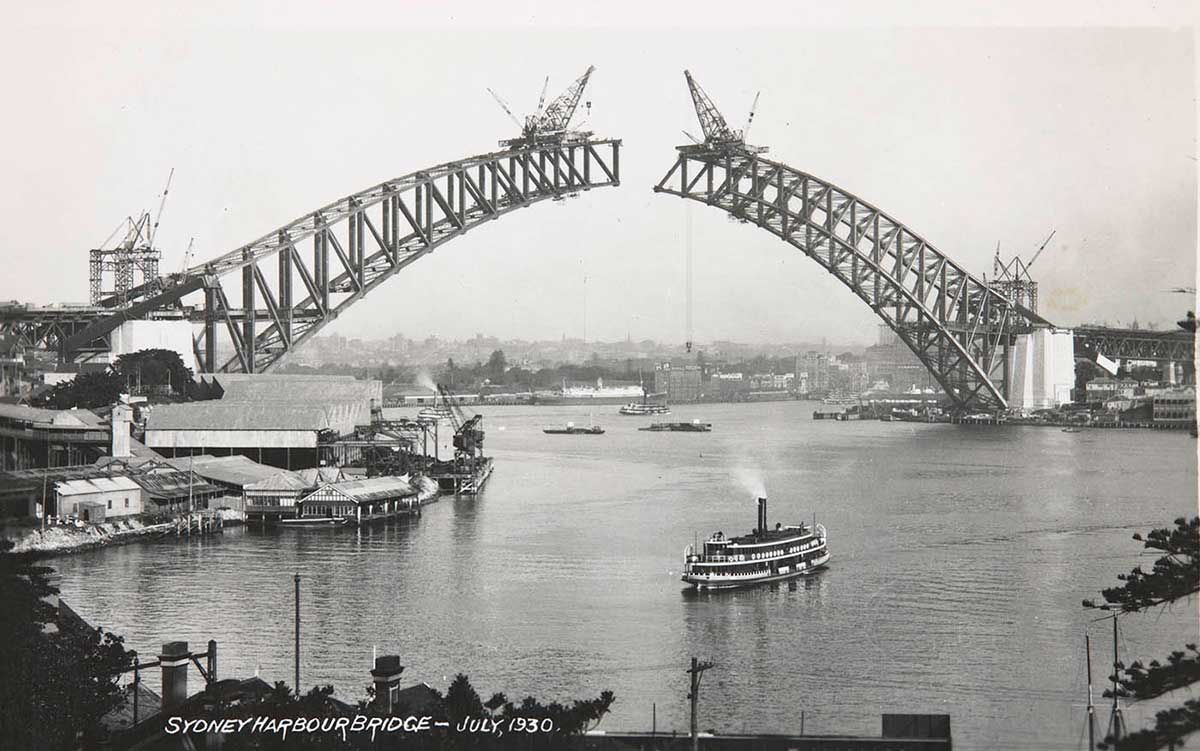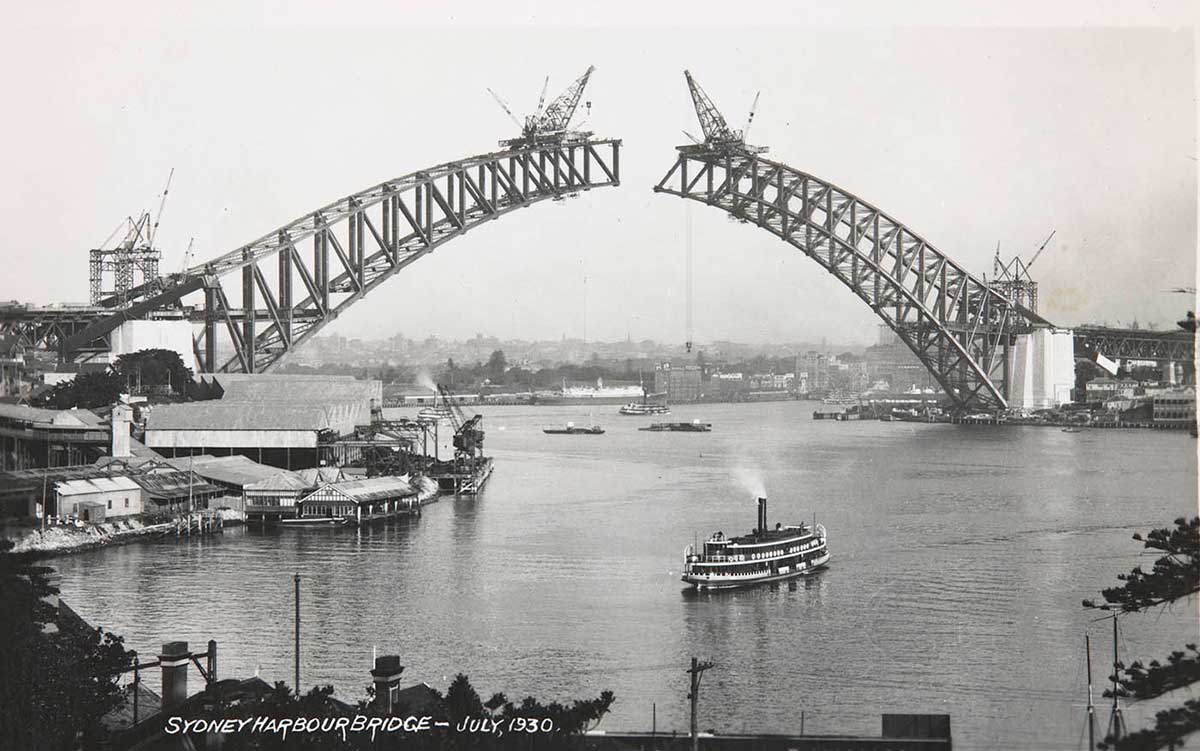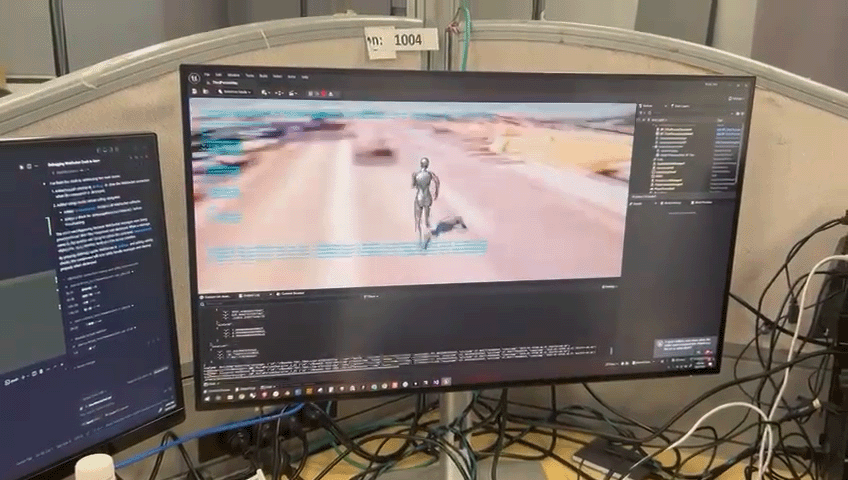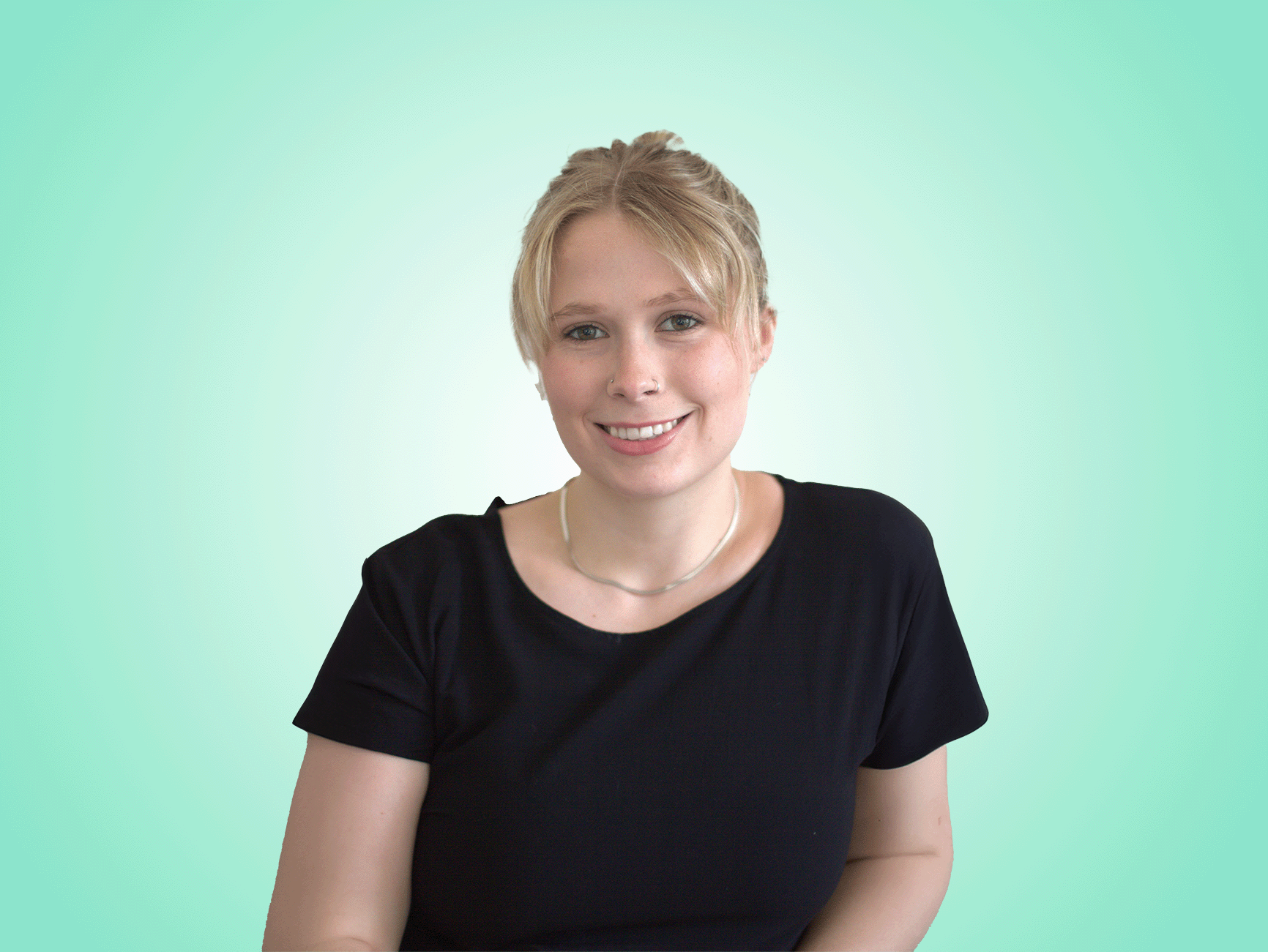AI Isn’t the Future, It’s the Fillter
Temporary Concern, or the New Normal?

TL;DR
Businesses are no longer deciding whether to adopt AI — they’re deciding how quickly they can do it before someone else does. Traditional digital modernisation often failed due to high upfront cost and complexity. AI flips that — reducing resource overhead, accelerating delivery, and changing how software and strategy are approached.
But…
From due diligence to product design, AI-readiness is now a permanent evaluation lens. Companies ignoring it risk being outpaced or devalued. But moving fast without architectural discipline — a la vibe coding — introduces its own fragility.
To help teams move with confidence, I’ve developed the Blacklight 4D Framework:
Discover → Diagnose → Design → Deliver — a structured path to uncover, validate, and execute on AI-native opportunities.
📩 I work with investors, founders, and teams to navigate innovation, M&A, and strategic tech delivery. Let’s talk if you’re building, buying, or betting on the next wave.
Across industries, businesses are facing a clear fork in the road: evolve with AI, or be overtaken by those who already have. In every due diligence engagement I’ve run over the past 12 months — from payments to policy to platform ventures — AI is no longer a speculative layer. It’s a strategic constant.
What was once an exploration — “Could we use AI here?” — is now a gating condition: “Are you AI-ready enough to move forward?”
If you’re not embedding AI into your architectural thinking, operational model, and commercial roadmap, you’re preparing to compete against businesses that already have — and they’re doing it faster, leaner, and smarter.
they’re doing it faster, leaner, and smarter.
From Paper-Tiger Modernisation to AI-Native Execution
Traditional business modernisation promised leverage: digitise your systems, connect your data, unlock new markets. But it often fell flat. Expensive COTS systems, bloated middleware layers, and months of onboarding for abstract outcomes. Most companies balked at the cost, because the resource overhead and risk outweighed the perceived opportunity.
Now? AI-native strategies have flipped that dynamic.
-
Prototyping timelines have collapsed.
-
Small teams can outbuild entire departments.
-
LLM-powered workflows remove the need for excessive headcount to scale.
-
Training, automation, and deployment can be embedded with near-zero marginal cost.
The high-friction modernisation of the last decade has been replaced by modular, intent-driven, low-lift innovation — and the gap between adopters and followers is growing…really, really fast.
AI as a Due Diligence Standard, Not a Side Topic
In technical due diligence, we’ve reached a tipping point: AI-readiness isn’t just part of the review — it’s foundational.
Key questions now include:
-
Can this company scale without exploding OPEX?
-
Is the product team fluent in AI-first design and automation?
-
How resilient is the architecture under real-world LLM use?
-
Can the company defend its IP in an AI-assisted competitive field?
We’re not just looking at code or capability anymore — we’re looking at velocity, adaptability, and execution logic. We’re also applying this lens internally: our own skunkworks innovation tracks are AI-native from day zero, because anything else is slower, costlier, and harder to pivot.
The Software Shift: From Code to Cognition
This shift has deep implications for software engineering and IT leadership.
AI is not just a tool for speed — it’s transforming the structure and economics of delivery:
-
System design trumps individual code quality
-
Prompting replaces boilerplate
-
Testing and deployment are increasingly self-managed
-
Toolchains are flattening, generalist builders are accelerating
-
Cost-to-deploy is approaching zero
This isn’t just a change in toolkits — it’s a redefinition of what it means to build.
Vibe Coding and the Cognitive Gap
But here’s where the nuance creeps in — and where strategic leaders need to tread carefully.
The rise of vibe coding — where users describe what they want and AI writes the code — introduces a new kind of fragility. Yes, anyone can now generate software. But most don’t know how it works, what breaks it, or how to fix it. It’s like handing the keys to a supercar to someone who’s never driven manual.
While this lowers the barrier to entry, it also raises the floor for required system literacy. We’re heading into a world where more people can “drive” the system — but fewer understand how it’s wired underneath.
In the near future, this may be abstracted away entirely — with specialist LLMs handling fault tolerance, debugging, triage, and observability. Developers will become orchestrators, not operators. But for now? It’s a risk. One that must be assessed in any serious technical review or innovation planning cycle.
Blacklight 4D as Strategy: Build What the Business Can’t Yet Buy
We’ve formalised this into what we call Blacklight 4D (find what you cannot yet see) — a short-cycle innovation program built around AI-native tooling, modular architecture, and due diligence-grade engineering and creative disciplines.
It’s designed for companies that:
-
Need to prototype fast without overcommitting headcount
-
Want to validate innovation without legacy drag
-
Are preparing for M&A, internal restructuring, or investor scrutiny
-
Have leadership buy-in, but need execution clarity
It’s not about shiny proofs of concept. It’s about building real capability, fast, with the structural foresight needed to scale or integrate post-sprint (look to our recent hackathon for more).
Who We Help
I partner with decision-makers who see the writing on the wall and want to get ahead of it. Whether you’re preparing for a capital raise, exploring a tech acquisition, building internal capability, or modernising your stack — I help map risk, accelerate opportunity, and engineer with intent.
📩 If you’re navigating AI-readiness, due diligence, or innovation bottlenecks — let’s talk. I’m currently supporting engagements across multiple sectors.






